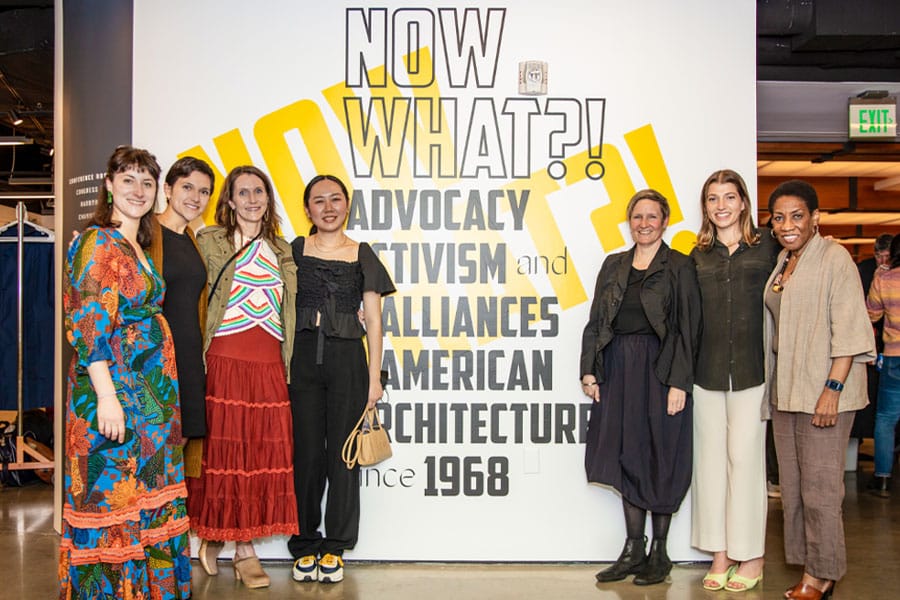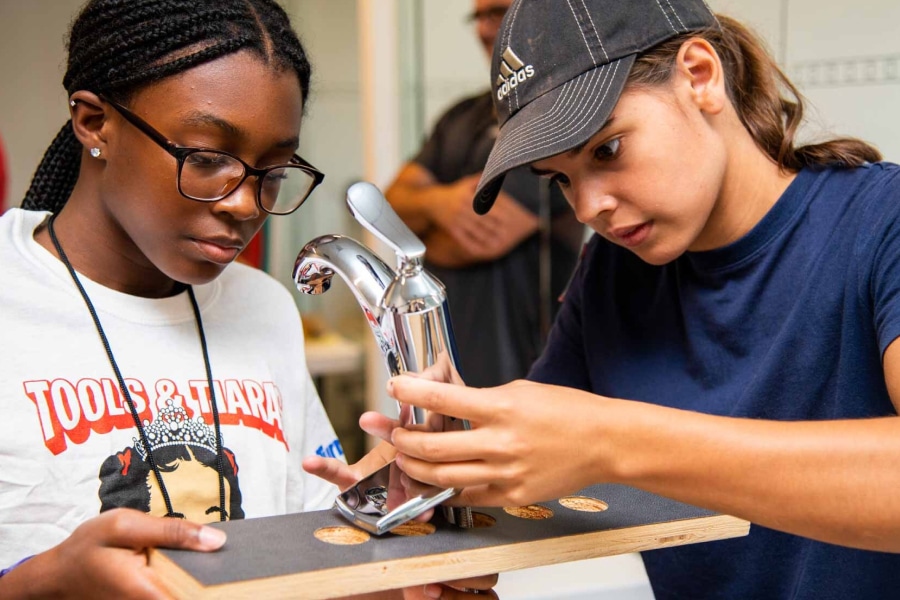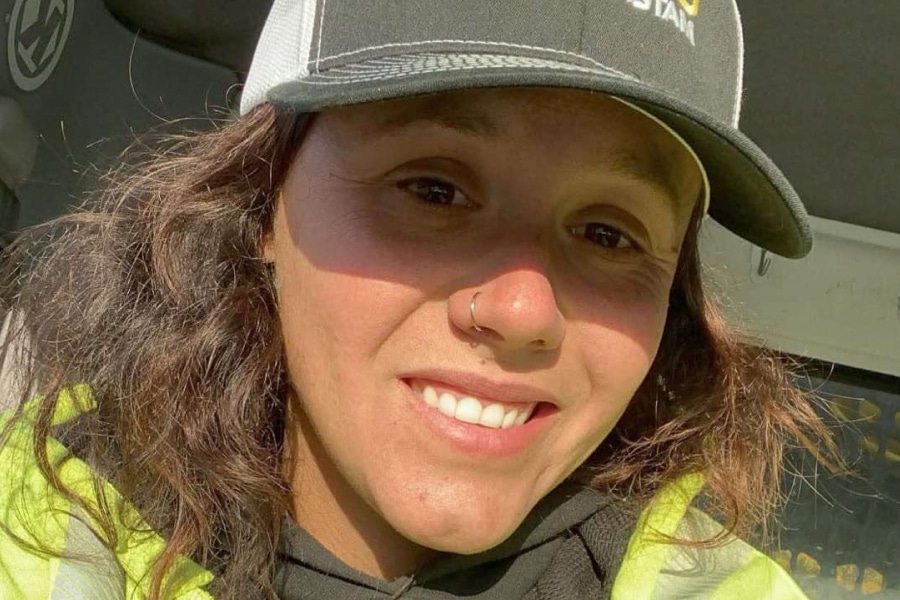Women are making gains in the world of architecture. While women have always been involved in construction and building, in the past their contributions were minimized, with their talents confined to supportive or administrative roles.
These days, nearly one-quarter of all American architects are women—but to get to a place of real gender equity, there is still more work to be done.
That’s where ArchiteXX comes in. A nonprofit organization founded by Lori Brown and Nina Freedman, ArchiteXX aims to increase gender equity and diversity in the architecture space.
A comprehensive approach to gender equity
Brown described ArchiteXX as a “gender equity organization that bridges the academy and practice.” Brown and Freedman founded the nonprofit because, as Brown explained, “We realized that there were no organizations that really helped that transition point and created space for not only mentoring, but also social action.”
Their approach stemmed from Brown’s first edited book, “Feminist Practices: Interdisciplinary Approaches to Women in Architecture.” During a series of book events, it became clear to her that there was a whole group of women in architecture whose needs weren’t being supported by the establishment.
“There was this gap that recent graduates were just furious that they had not been made aware of what they were going to be entering into,” Brown said. “Then there were women who were much older who still didn’t have real mentoring or ways to engage generationally. There was clearly a lack. It really was a ground-up endeavor. It was through a year-long series of meetings and discussions, like potlucks, that we came up with the mission and what we wanted to do.”
The result of this heavily workshopped approach is an organization that responds to the needs of the community it serves. “We’re trying to be really responsive to where we’re hearing and seeing needs that aren’t being met more generally, and because we’re independent, we like to consider ourselves far more agile and flexible in what we can do,” Brown said.
Supporting mid-career architects
One of the areas that Brown and the rest of the ArchiteXX team has identified as being most in need of support is the experience of mid-career female architects. “When we started, I think we assumed our work would be for younger, recent grads or students who were thinking about moving or moving through their education,” Brown said. Like many organizations based on a mentorship framework, they assumed that women entering the architecture space for the first time would be the most in need of encouragement and support.
Instead, they discovered a diverse group of intergenerational women architects in search of the kind of support ArchiteXX could facilitate. “What we found was that everyone needs mentorship,” Brown explained. “I think it’s become more apparent that women hit a certain level of frustration if we’re not getting promoted or if we’re not seeing other opportunities in the spaces we’re working in. How can we support those women to try and figure out what they want to do and what their next move is? That’s become a bit more central right now in our focus because we’ve heard far more that there’s greater need in that area.”
Mid-career is also often when women are confronted with the challenge of balancing raising young children with their career goals. “We’re trying to figure out ways to better support women with children at various stages of their career,” Brown said. “That’s something that’s not talked about—how do you balance this career that’s so time-intensive with wanting to have a family?” Brown said she encourages all students to think about family at the beginning of their careers so they’ll be better prepared for the challenging realities of creating a work-life balance.
ArchiteXX has created events that create a space for these critical discussions, including salary negotiation, resume building and general career workshops, as well as open forums where women can share the ways they need more support from their peers.
Architecture as a community endeavor
One of Brown’s goals with ArchiteXX is reframing the work of architecture as a community endeavor.
“So many of us were frustrated and a bit disappointed that it’s still so hierarchical,” she said. “All of us who have worked in the profession know that without teams, nothing would be built. There would be no work. Really trying to push back on and change the narrative and change the identity of how we understand architecture is, for me, a political project because it really helps distribute and call out the fact that it’s an incredibly collaborative process that has been completely ignored.”
By emphasizing the fact that it takes a village to raise a building, Brown hopes that ArchiteXX can support architecture’s shift to a more sustainable working model. “I think COVID has shown us that flexibility in where one works is doable,” she said. “I’m hearing from friends and colleagues around the country that there’s a bit more flexibility now in working from home a certain number of days of the week. I think that definitely is a piece to making the workplace more equitable.”
“Another big piece of this puzzle is pay equity,” Brown added. “There has to be more transparency around what people are being paid so that women are paid equally to their male peers, because we know that we remain disadvantaged statistically in that area. I think work also needs to become more flexible in balance of life. It’s not just working all the time, but that breaks have to become vacation. Time off has to become much more a part of an integrated way that these firms, and I would say higher education, is running.”
Brown hopes that the next generation will lead the way in making architecture more equitable for all. “I think one thing that’s pretty amazing about Gen Z is that they are definitely going to be pushing for these kinds of things or demanding these things in ways that previous generations have not. I think it is incredible.”












